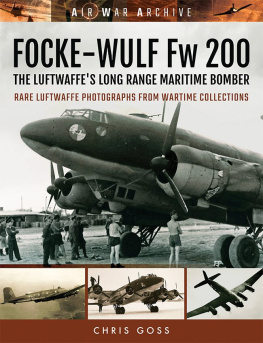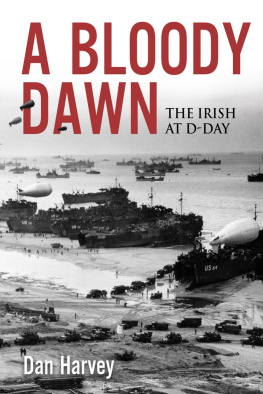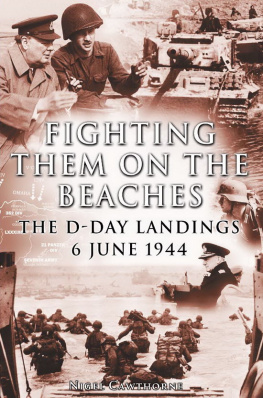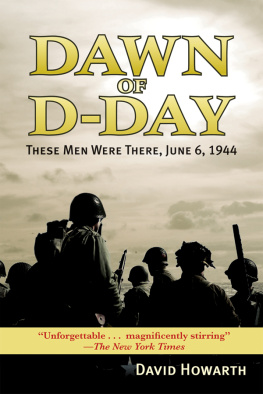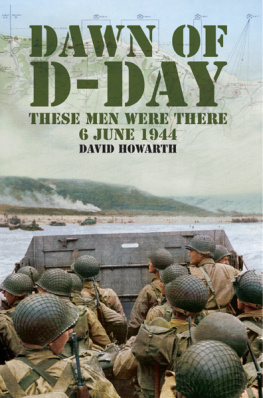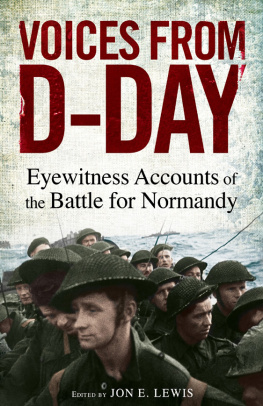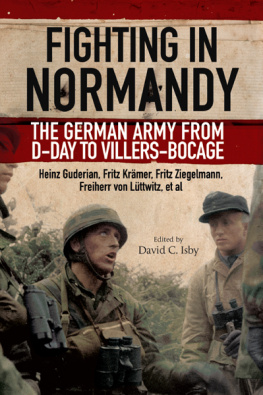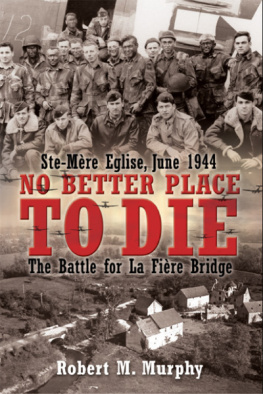Focke-Wulf Fw 200Focke-Wulf Fw 200Focke-Wulf Fw 200

FOCKE-WULF Fw 200
THE LUFTWAFFES LONG RANGE MARITIME BOMBER
FOCKE-WULF Fw 200
THE LUFTWAFFES LONG RANGE MARITIME BOMBER
RARE LUFTWAFFE PHOTOGRAPHS FROM WARTIME COLLECTIONS
CHRIS GOSS
FOCKE-WULF Fw 200
The Luftwaffes Long Range Maritime Bomber
First published in Great Britain in 2019 by Frontline Books,
an imprint of Pen & Sword Books Ltd,
Yorkshire Philadelphia
Copyright Chris Goss
ISBN: 978-1-84832-487-9
eISBN: 978-1-84832-489-3
Mobi ISBN: 978-1-84832-488-6
The right of Chris Goss to be identified as Author of this work has been asserted by him in accordance with the Copyright, Designs and Patents Act 1988. A CIP catalogue record for this book is available from the British Library All rights reserved.
No part of this book may be reproduced or transmitted in any form or by any means, electronic or mechanical including photocopying, recording or by any information storage and retrieval system, without permission from the Publisher in writing.
Pen & Sword Books Ltd incorporates the imprints of Air World Books, Pen & Sword Archaeology, Atlas, Aviation, Battleground, Discovery, Family History, History, Maritime, Military, Naval, Politics, Social History, Transport, True Crime, Claymore Press, Frontline Books, Praetorian Press, Seaforth Publishing and White Owl
For a complete list of Pen & Sword titles please contact:
PEN & SWORD BOOKS LTD
47 Church Street, Barnsley, South Yorkshire, S70 2AS, UK.
E-mail:
Website: www.pen-and-sword.co.uk
Or
PEN AND SWORD BOOKS,
1950 Lawrence Roadd, Havertown, PA 19083, USA
E-mail:
Website: www.penandswordbooks.com
INTRODUCTION
Designed as a four-engine airliner, the Focke-Wulf Fw 200 first flew in July 1937. It was duly operated by Deutsche Luft Hansa as well as Det Danske Luftfahrtselskab Danish Airlines and the Brazilian Syndicato Condor. Its ability to fly passengers long distance was quickly proven in 1938 with flights to Cairo, then New York and finally Tokyo. Such flights impressed the Japanese who placed orders for five civil versions and one military.
By September 1939, Hauptmann Edgar Petersen had begun to champion the formation of a very long-range maritime reconnaissance unit. The only aircraft capable of meeting this task was the Fw 200. In October 1939, he was appointed commander of a six-aircraft Fernaufklrungsstaffel (Long Range Reconnaissance Squadron) which later became I Gruppe/ 40 (I/KG 40).
The Condor, as the Fw 200 became known, was soon in action in the Norway Campaign from April 1940 onwards. The first Condor loss during a combat mission occurred on 22 April 1940 probably due to weather or mechanical failure and just over a month later another was shot down by an RAF fighter. By the end of the Norwegian campaign, the Condor, with I/KG 40 having lost just one more Fw 200 to fighters, had proved its worth.
The Luftwaffe was soon undertaking mining and reconnaissance missions around Britain and felt confident to use the Condor for this purpose. However, on the night of 20 July 1940, a Condor was shot down by anti-aircraft fire when it strayed too close to the British mainland whilst dropping mines and four nights later another suffered engine failure and ditched in the Irish Sea. Such missions soon stopped as such a loss rate could not be endured when Focke-Wulf was only capable of manufacturing just three Condors per month.
So, in August 1940 I/KG 40 found itself at Bordeaux-Mrignac in south-western France, where, far from the attention of RAF fighters, the crews were able to fly armed reconnaissance missions with little fear of being shot down, preying on undefended merchant ships and at the same time acting as the Kriegsmarines eyes and ears over the Atlantic.
By 31 December 1940, the Gruppe had been credited with sinking in the region of 800,000 tons of shipping for the loss of just two Condors in accidents on operational sorties. The Condor and its crews had quickly made a name for themselves, exemplified by the attack on the 42,500-ton troop ship Empress of Britain on 26 October 1940. By early 1941, I/KG 40 already had five Knights Cross winners.
With the escalation of the war in the Atlantic, the future for the Condor looked positive especially with them being detached to northern Norway to fly missions off the Faeroes, Iceland and even the shipping lanes approaching Ireland. Losses were still mainly as a result of flak or accident, operations for the first half of 1941 mounting to five to flak, one to an enemy aircraft and three to unknown causes. These were hard to sustain because, for example, as of April 1941, there were only twenty-five to thirty Condors and of these, no more than six to eight were serviceable at any one time. The machine was particularly prone to mechanical problems and structural failure, something that plagued it throughout its life. Nevertheless, to lessen the risk, in November 1941, it was decreed that the practice of low-level attacks be abandoned and crews had to rely on the superior Lotfe 7 bomb sight to attack from altitude and relative safety.
Out over the Atlantic, the Condors of I/KG 40 continued to be a menace to Allied shipping. In the first two months of 1941, Condors had a hand in sinking in the region of thirty-nine ships and about seventeen from March to July 1941 but just four were sunk or badly damaged by Condors during the last five months of 1941. Condors were now being prevented from attacking ships by improved defences and were relegated to shadowing duties. A number of merchant ships, such as the 8,000 ton Maplin had been converted to Fighter Catapult ships, equipped with launch and forget fighters, the first victory being on 3 August 1941 when a Hurricane claimed to have shot down a Condor before the pilot baled out and was rescued the Condor ditched off the French coast. An additional defensive measure was the introduction of the escort carrier HMS Audacity at the end of 1941 but only three Condors can be attributed to aircraft flying from this carrier before Audacity was sunk by a U-boat on 21 December 1941.
From the start of 1942, the U-boat war had escalated following America joining the war. I/KG 40 had now moved north to Trondheim-Vaernes in Norway in March 1942 in support of the northern U-boat war and attacks against Arctic convoys. At the same time, III/KG 40 had finished converting from the Heinkel 111 to the Condor and was now operating from Bordeaux. 1942 would also see a temporary change in role for the Condor when it was used at the end of the year to re-supply the Afrika Korps and to support German ground troops at Stalingrad. Both tasks had finished by February 1943.
All this time, the Condor was being modified. Put simply, the pre-war A and B versions became the C-0 in 1939 (cowling, propeller and undercarriage modifications), then the C-1 (increased armament), C-2 (bomb racks, engine and internal modifications), C-3 (engine, structural strengthening, bomb load and defensive armament being the major changes). Later versions were the C-4 (air-to-surface radar & defensive armament), C-5 (transport and trials), C-6 (modified to carry missiles), C-7 (believed to be transport) and finally the C-8 (as the C-6, ventral gondola lengthened).

